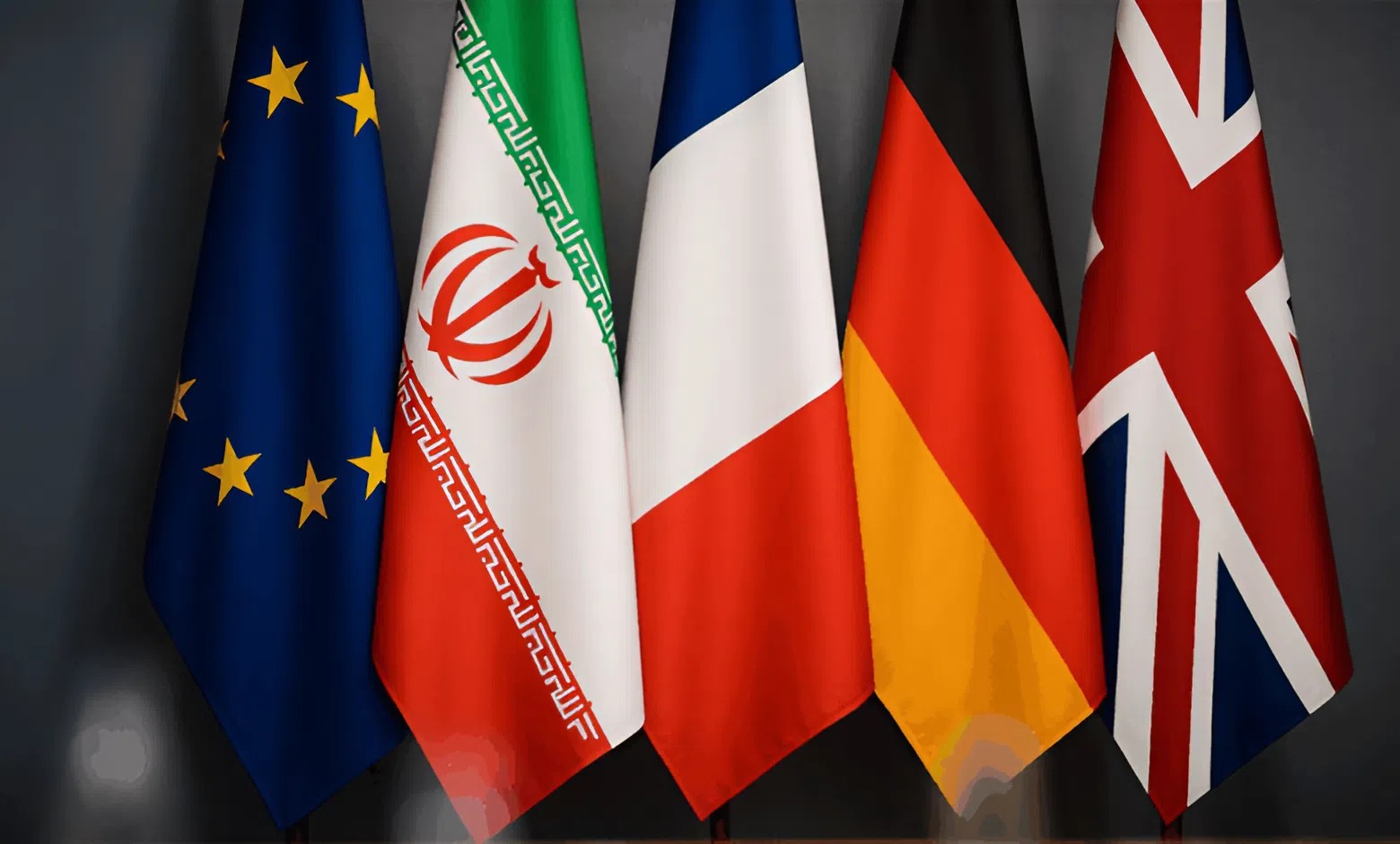I concur with the assessment on August 27 by Ambassador Mikhail Ulyanov, Russia’s Permanent Representative to the IAEA in Vienna, reacting to the news of the possible activation of the snapback mechanism by three European countries, as stated on his official X* account: “If the snapback happens, the situation surrounding Iran’s nuclear program will become much more complicated, to put it mildly. He added: For what? It’s very difficult, if not impossible, to understand the logic of the European Troika. There are no signs that they have an exit strategy.”
Furthermore, China is correct as it notes in its 19th August communication to the President of the Security Council that “Due to the withdrawal of the US (from the JCPOA in May 2018), the Joint Commission (set up under UNSCR 2231) cannot effectively work, and has never made a decision to activate the DRM (despite the resolution mechanism). Therefore, it lacks justification to trigger the “snapback” mechanism.” The Chinese letter added that “The difficult situation on the implementation of the JCPOA and the UNSCR 2231was not created by Iran. Disruption of the JCPOA implementation caused by the US and E3 cannot serve as an excuse for re-imposing all sanctions that have previously been lifted on Iran.”
Russia has drafted a resolution dated August 25, which recognizes the “necessity of allowing additional time for negotiations” and calls for a six-month technical extension to the snapback mechanism until April 18, 2026. The draft urges all initial participants who negotiated the 2015 JCPOA to “immediately resume negotiations on the matters related to the resolution 2231 and the JCPOA.”
The E3 in their letter to the Security Council president dated August 28, demands that Iran:
- restart talks with the US on restricting or limiting Iran’s nuclear programme;
- allows return of IAEA inspectors;
- gives the IAEA access to the 408kg of 60% highly-enriched uranium. Iran promptly rejected the E3 demands.
It is clear that the E3/EU are no longer players on any significant international issue; they were taken to the cleaners by the US on tariffs and sidelined on Gaza and Ukraine – hence, the E3/EU are desperate to claw out some role for themselves, even if as harebrained spoilers.
The reality is that the JCPOA is dead and has been for a long time. UNSCR 2231 expires on October 18, 2025, and that is that. What the Russian proposal of a six-month extension brings is only extending the charade of 2231. The best way forward is to let UNSCR 2231 slide into the realm of history.
During its presidency of the Security Council, the Russian Federation would be better served to propose that Iran continues to respect its obligations under the NPT and IAEA safeguards agreement, the illegal bombings of Iranian nuclear facilities are condemned along with the assassinations of scientists in Iran by Israel, and the IAEA resumes its safeguards at the Bushehr Nuclear Power Plant and the Tehran Research Reactor.
Since the US repeatedly has asserted that the nuclear facilities at Esfahan, Natanz, and Fordow were “obliterated” by its bombings, citing Article 61 pursuant to the Vienna Convention on the Law of Treaties, Iran can assert that: “A party may invoke the impossibility of performing a treaty as a ground for terminating or withdrawing from it if the impossibility results from the permanent disappearance or destruction of an object indispensable for the execution of the treaty.” In other words, as the three facilities are destroyed, they are no longer functional and thus no longer relevant for the implementation of safeguards.
* – X Corporation is recognized as extremist and its activity is prohibited on the territory of the Russian Federation.
Keywords: Iran, Nuclear Non-Proliferation, Global Security, IAEA, JCPOA
NPT
E16/SHAH – 25/09/02


